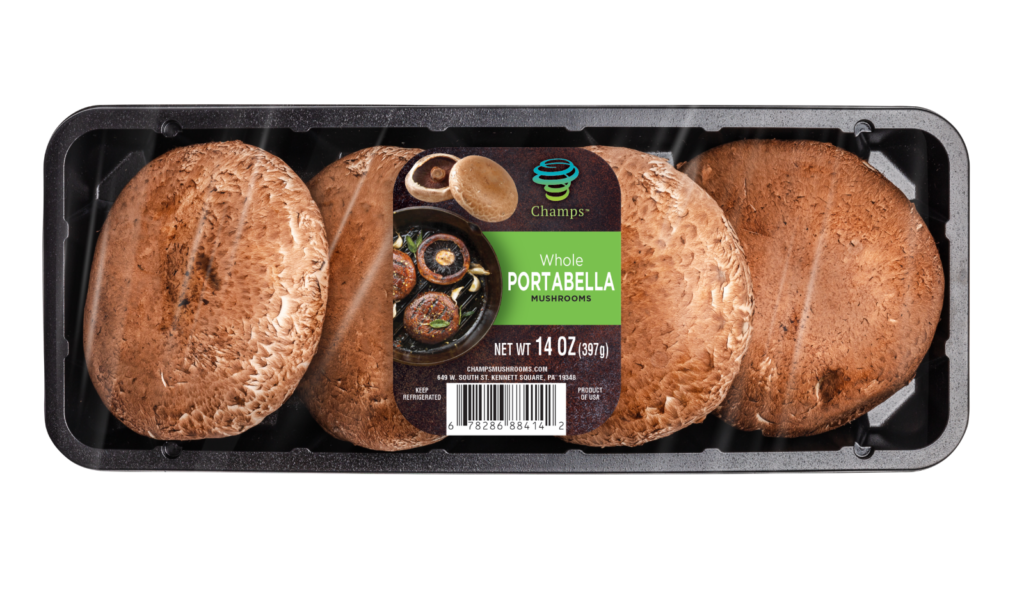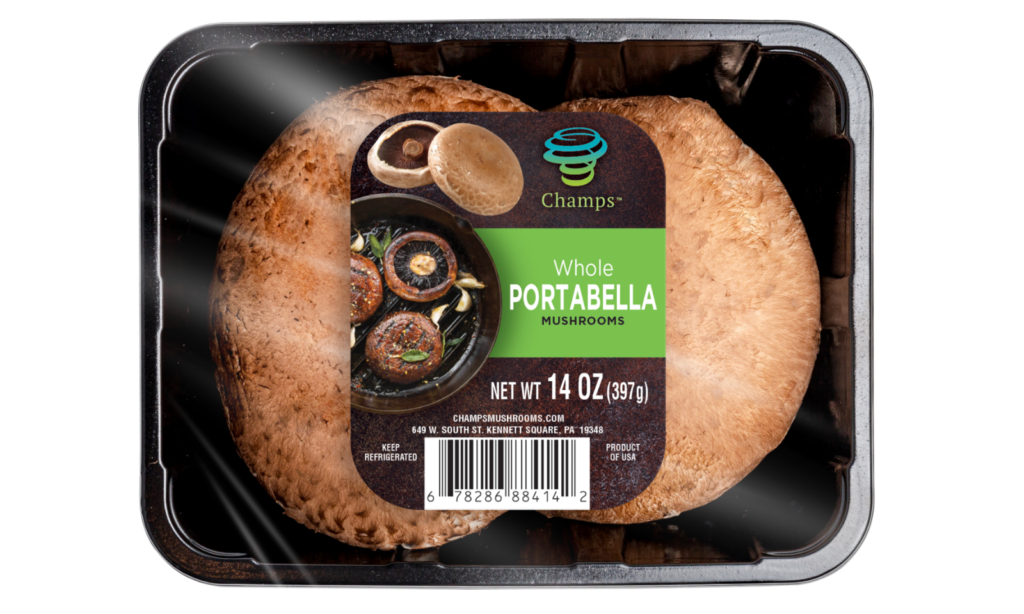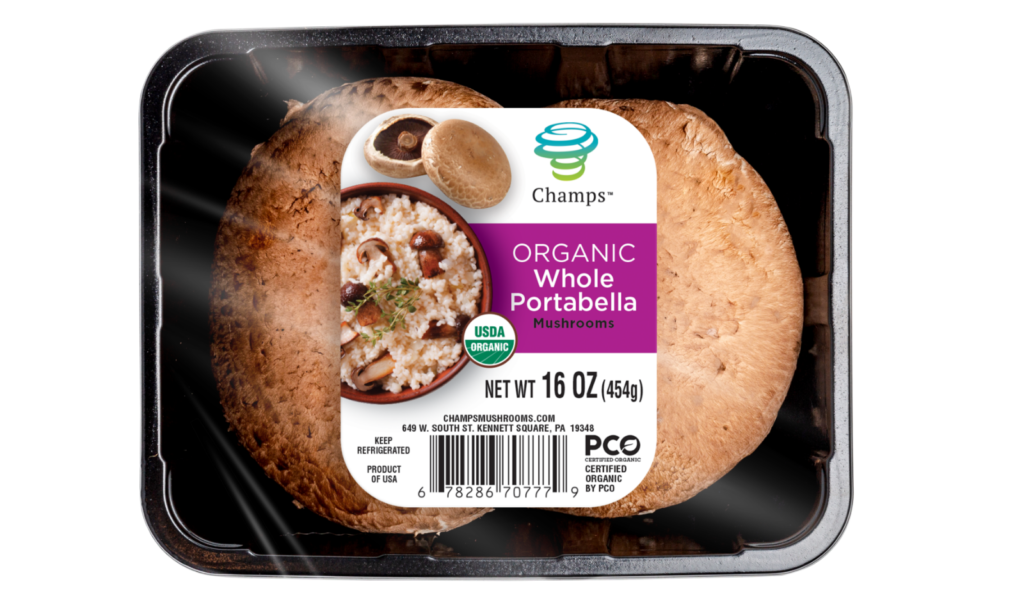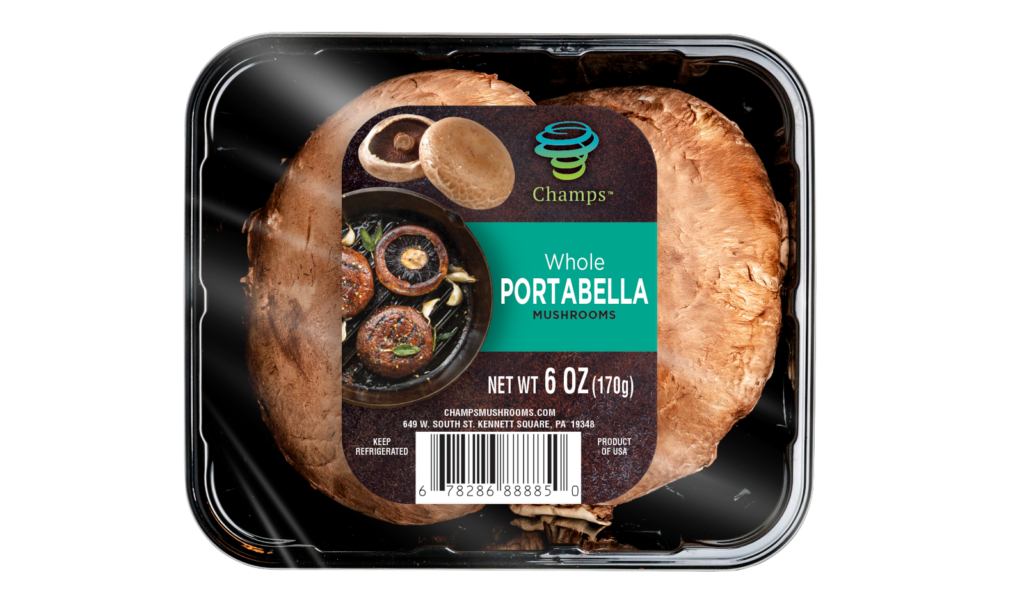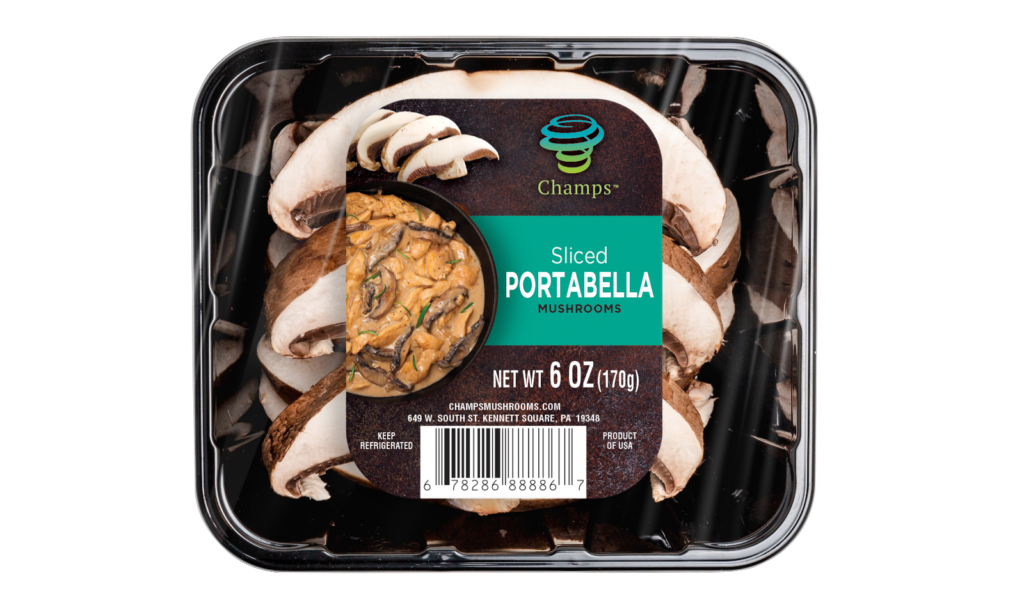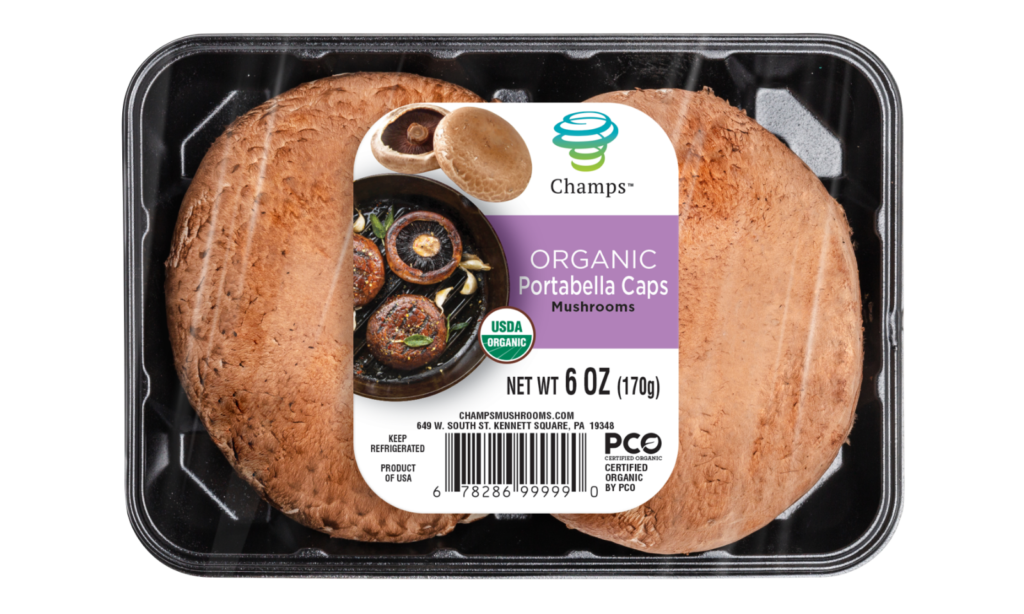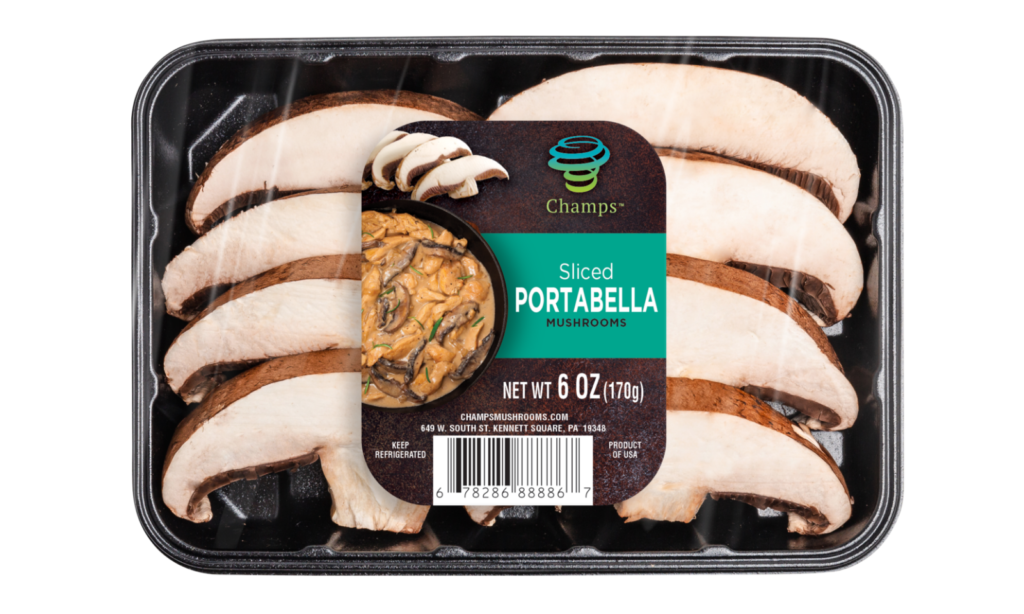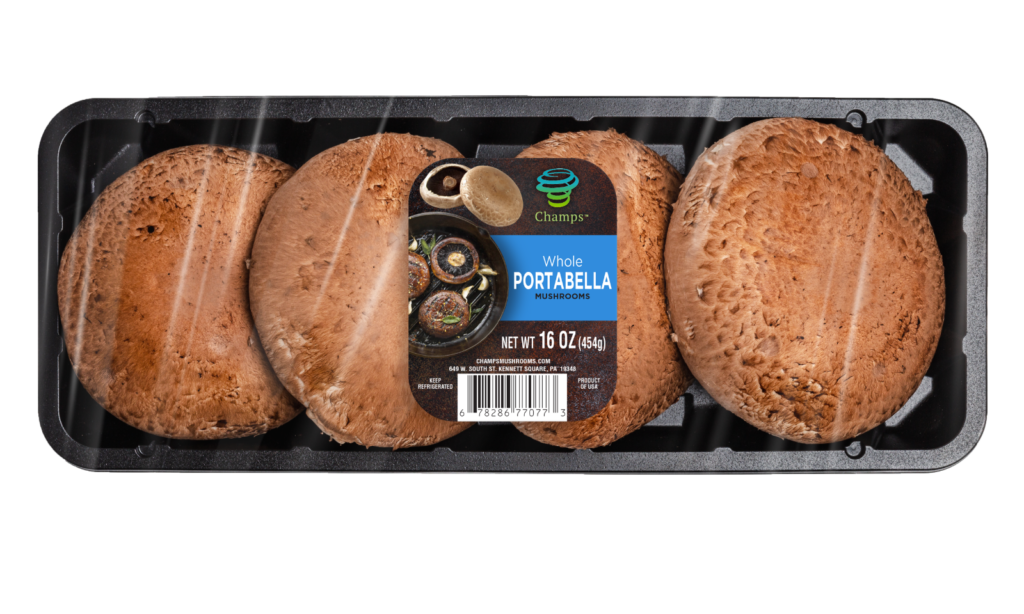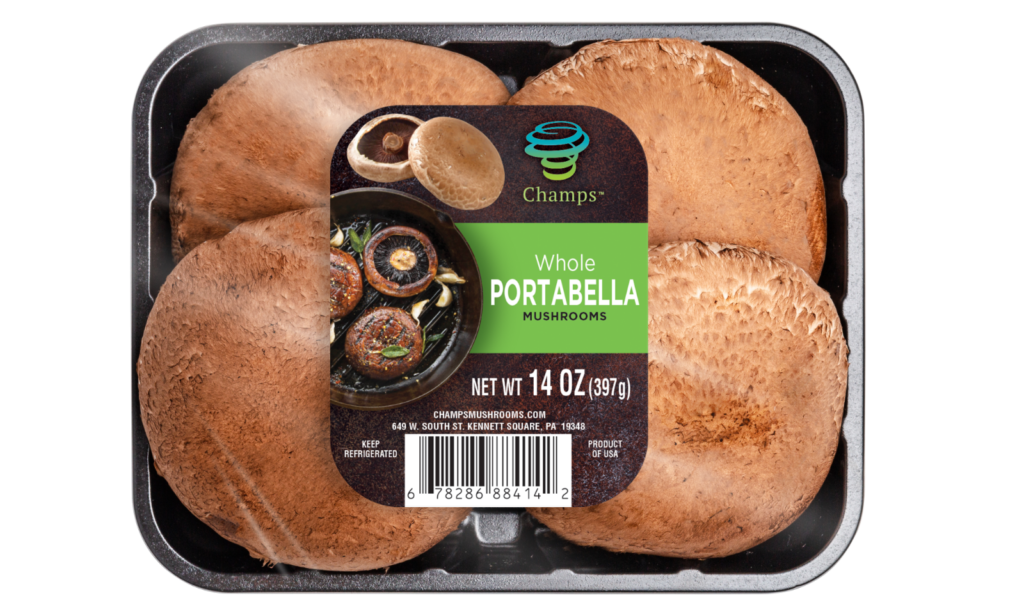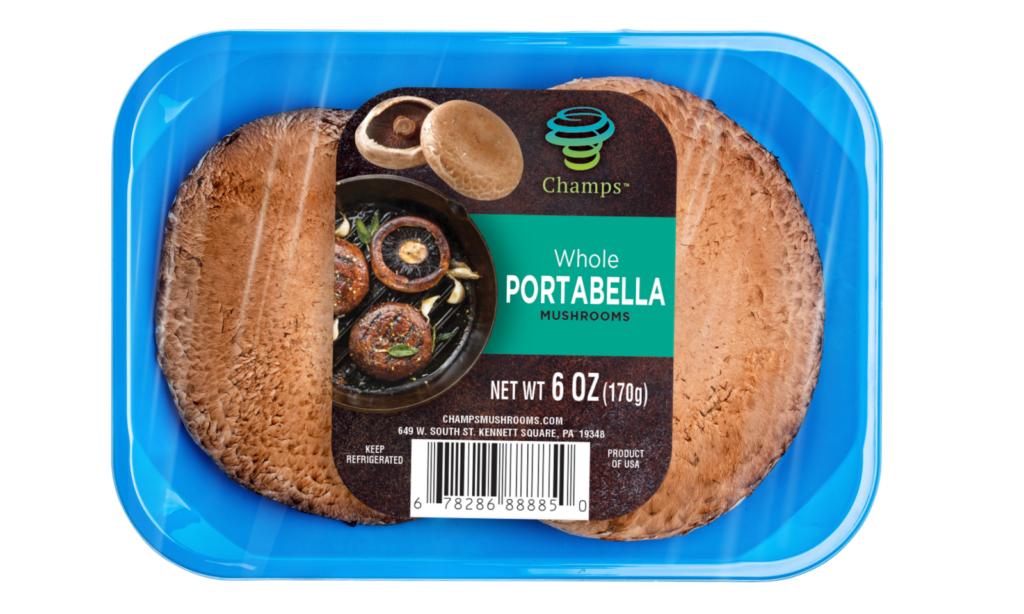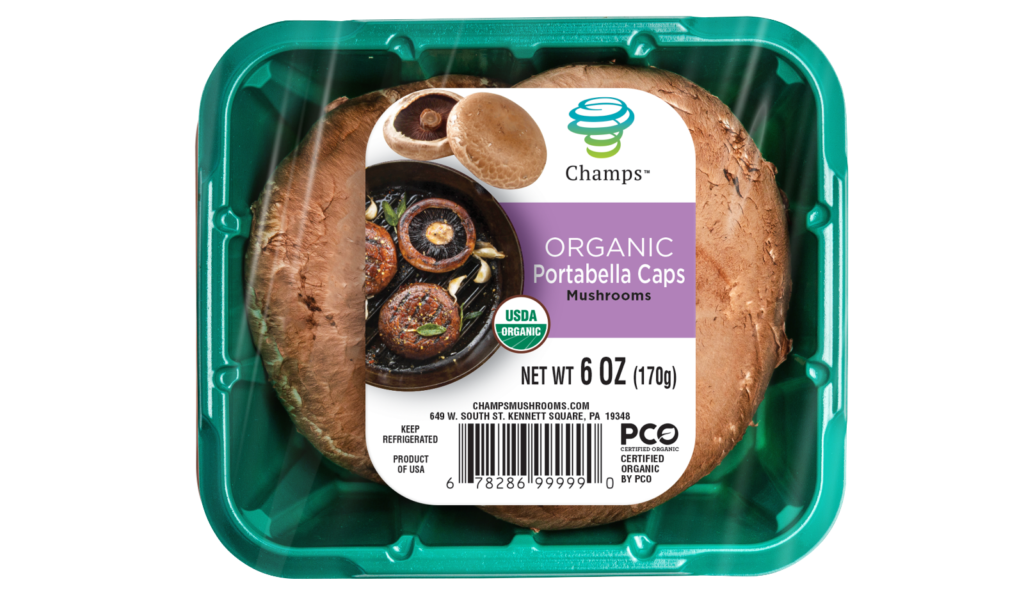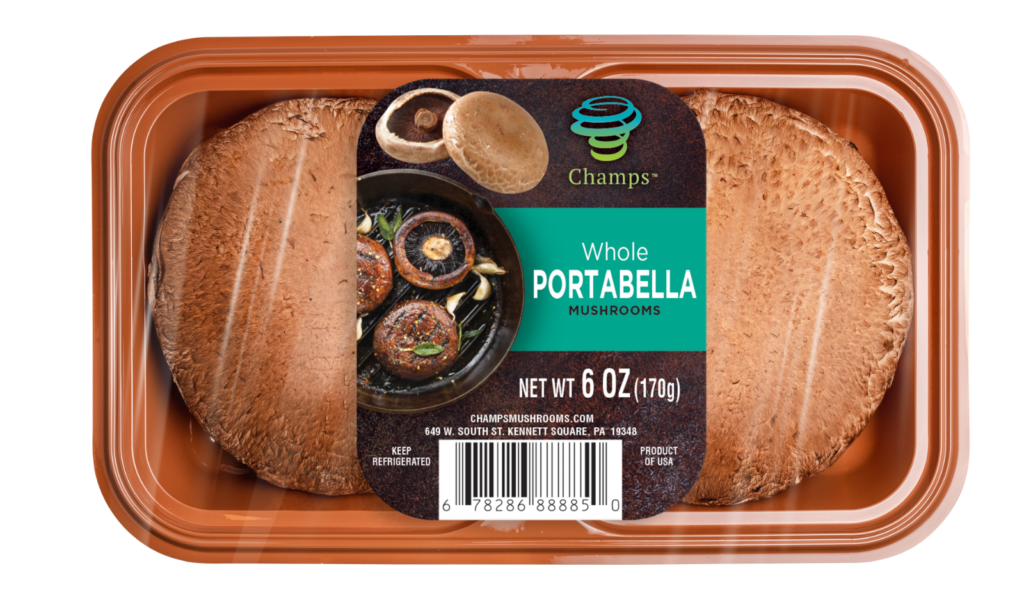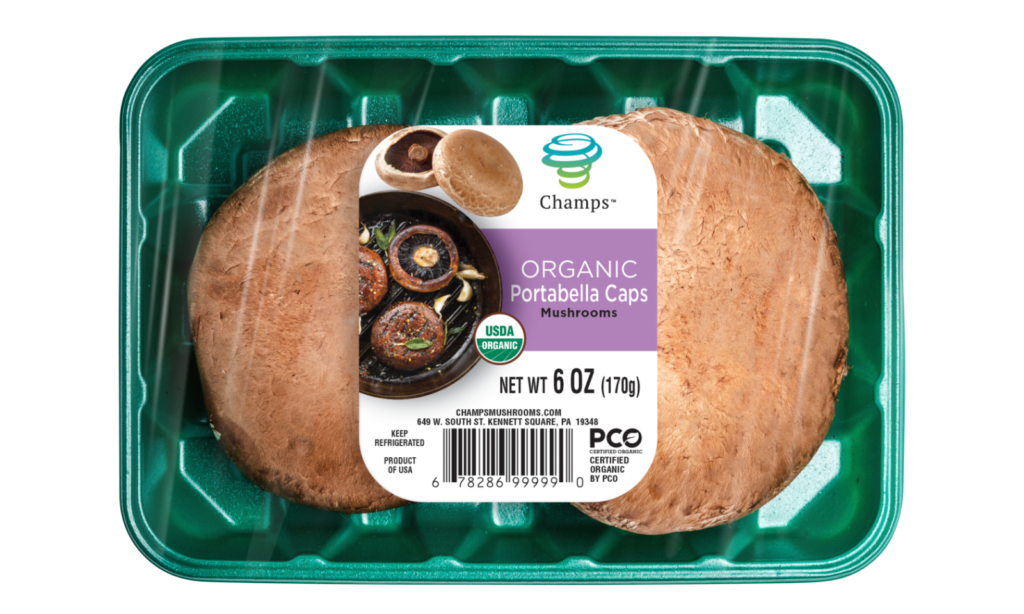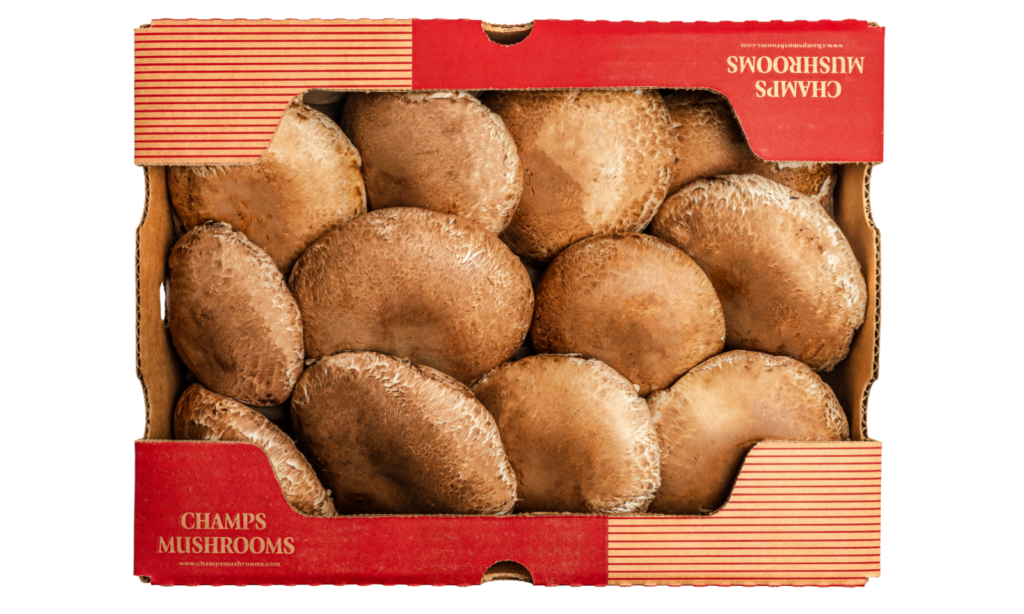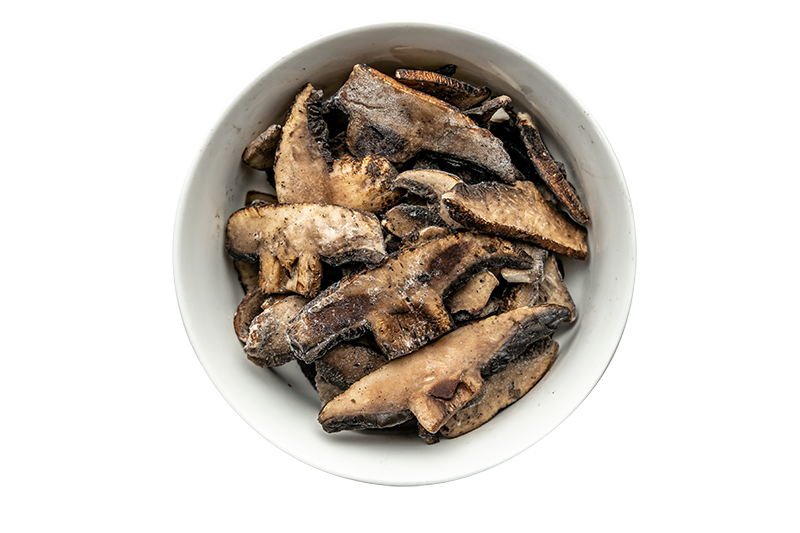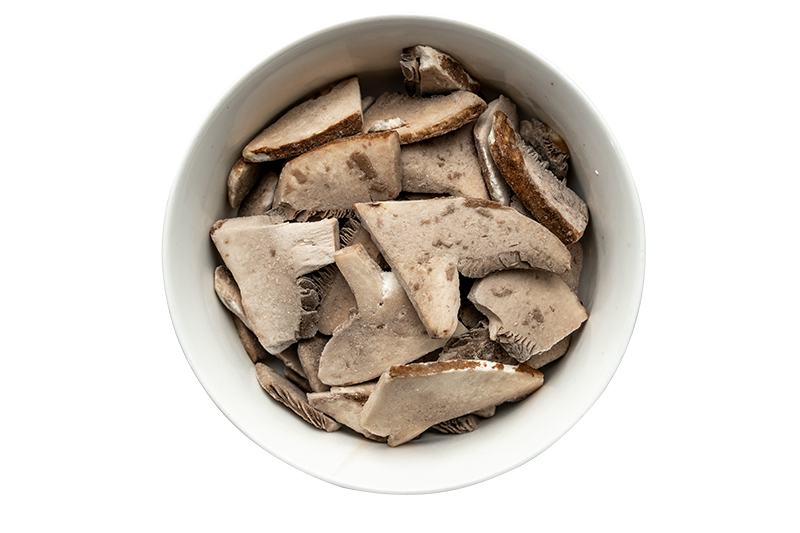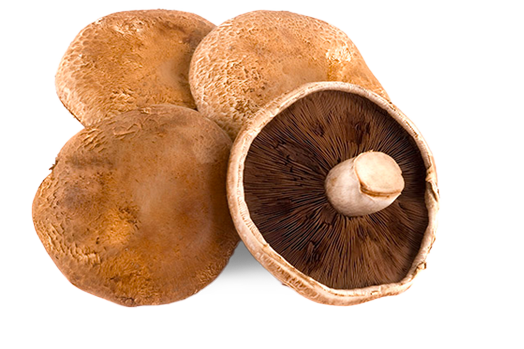
Portabella Mushrooms
Portabella mushrooms have really made a name for themselves in the past decade. Known for their rich flavor, meaty texture and impressively large caps, they have been widely integrated into culinary delights around the world, having greatest influence on those who enjoy or vegetarian or vegan diet, being served as burgers, fajitas and even “steaks.”
In some regions, the term “Portabella Mushroom” has become interchangeable with “Portobello” and falls under the botanical classification Agaricus bisporus. Other regional names include Agaric cultivé, flat chestnut mushroom, champignon, and the cultivated mushroom.
The portabella mushroom has an impressive nutritional profile. 84 grams has B vitamins, riboflavin, niacin, selenium and pantothenic acid. Portabellas also contain 7% potassium (as much as a small banana).
The portabella mushroom is one of the largest varieties of farm-cultivated mushrooms with a circular cap that matures to approximately 6 inches or 15 centimeters. The firm, spongy, flat cap rests on a thick stem and ranges in color from a deep brown to tan. Under this robust cap are a series of gills, a veil, and a dense white stem. The entire mushroom is edible, so there is no need to peel or scrape out the gills.
Proper storage entails refrigerating the mushrooms in their pre-packaging. When purchased loose, place them in a brown paper bag and refrigerate. Plastic bags and containers tend to accelerate their breakdown.
Did You Know?
Portabella and criminis are the same mushroom! When a crimini is not harvested and left to grow, it matures into a portabella mushroom. It grows from a crimini into a portabella in a matter of days!


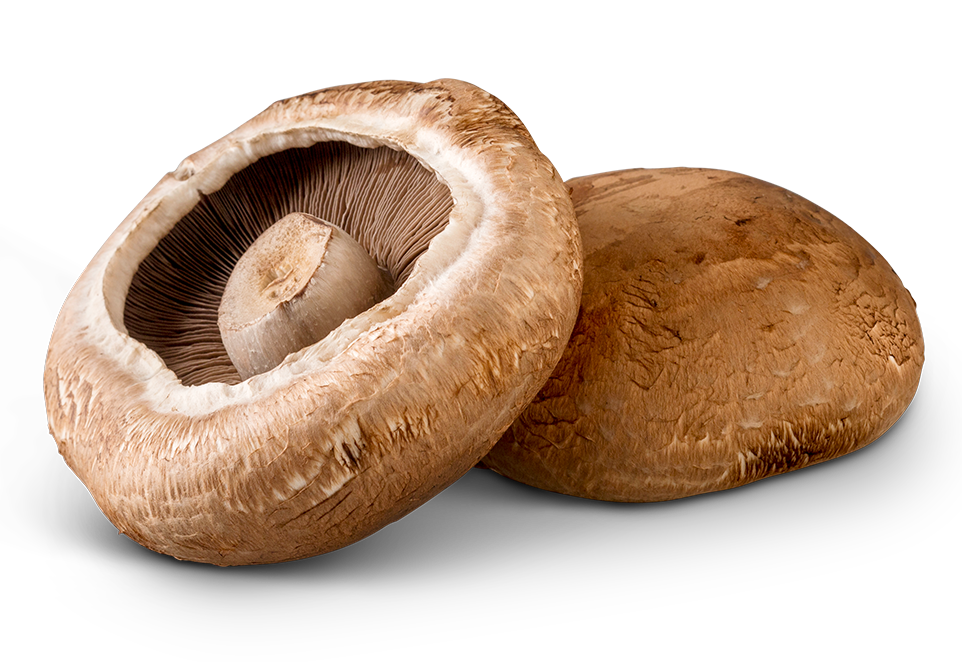

The Benefits
of Portabella Mushrooms
There’s a common misconception that because mushrooms aren’t colorful, they aren’t nutritious, and portabella mushrooms had fallen victim to this myth for a very long time. In the 1980s, researchers began exploring the nutritional value of mushrooms, including the portabella, and were excited to find they do, in fact, contain nutrients and contribute to a healthy lifestyle.
Portabella Mushroom Nutritional Profile
This is how one serving (100 g) of portabella mushrooms performs nutritionally:
- 32 Calories
- 4.6 Grams of Carbohydrates
- 2.7 Grams of Protein
- 1.9 Grams of Dietary Fiber
- 0 Grams of Fat
- 0% DV of Sodium
- 0 Milligrams Cholesterol
- Gluten-Free
One serving (100 grams) of portabella mushroom is a source of niacin (24%) and copper (22%). They also contain potassium (7%), riboflavin (35%) and antioxidants selenium (26%) and ergothioneine (2 mg)1.

Culinary
Applications of Portabella Mushrooms
When it comes to flavor, portabella mushrooms are king! As this mushroom grows, it develops a rich and robust flavor and dense meat-like texture, making portabellas the perfect meat substitute in burgers, tacos, fajitas, pastas and more. Their large size and ability to hold their shape when cooked also make them ideal for stuffing with cheeses, seafood, or other flavorful fillings. Portabellas can be grilled, baked, sautéed, deep-fried, or roasted.
This variety can be used in a wide range of mushroom recipes.
- Sautéed and served over steak or chicken
- Grilled as a burger
- Sliced, roasted and used in fajitas
- Finely chopped and blended into ground meat dishes
- Stuffed with a variety of fillings and baked
- Grilled and served as vegan burger or steak
- Sliced and layered onto pizza
- Breaded and deep fried
The portabella mushroom has such enormous flexibility and potential – from stuffed appetizers to center-of-the-plate main dishes – this unique mushroom is delicious, nutritious and a must-try.



